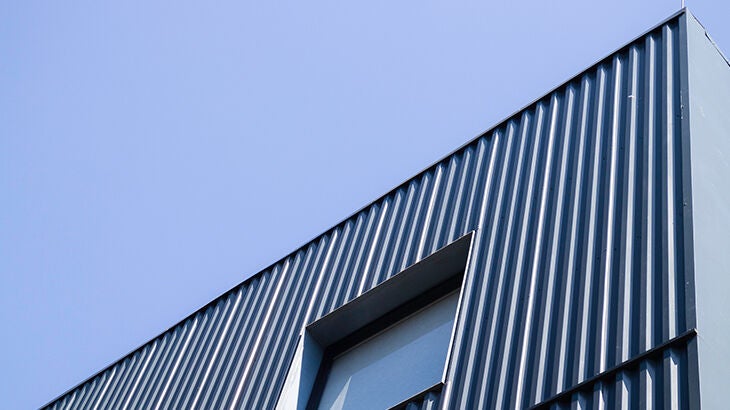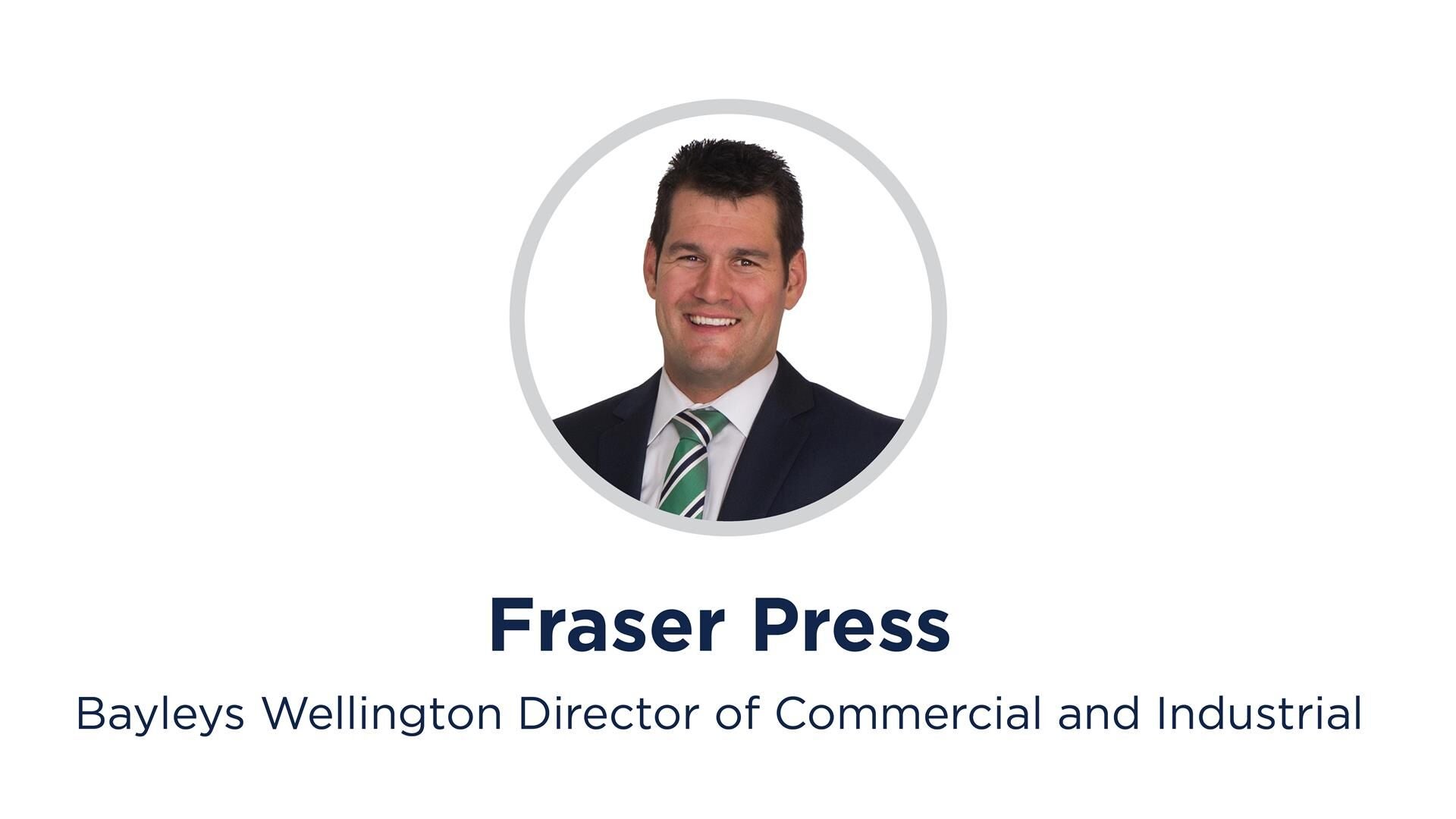
Commercial -
Industrial rent ball is squarely in landlords’ court
Any hope that the pressure might come off industrial rents and that demand for warehousing space could ease is yet to transpire, according to Bayleys’ latest Industrial Workplace leasing portfolio.
Bayleys’ head of insights, data and consulting, Chris Farhi says coming into 2023 there was some thought that industrial rents could stabilise given the general slowdown in the economy and potential implications of a technical recession on sentiment and activity.
“But New Zealand industrial rents have continued to rise in the face of these macro drivers and vacancy levels are still exceedingly tight with pent-up demand for space.”

Farhi says any new supply to the market has pushed average rental rates up as landlords look to offset escalating construction and financing costs and with higher yields putting downwards pressure on valuations.
“The development feasibility matrix has been crushed from all angles, with developers more cautious in the current environment and carefully weighing potential returns against heightened risks.”
World-wide, rising interest rates, high inflation and geo-political risks are backdropping a more challenging and volatile business environment.
Bayleys’ global real estate partner Knight Frank says in its latest The State of Logistics: Asia-Pacific Focus Report 2023, the logistics sector's strong fundamentals will ensure its resilience in the face of these challenges despite an easing of “just-in-case” inventory management strategies that emerged during the pandemic, and lower online transaction volumes.
Knight Frank monitored 17 Asia-Pacific (APAC) cities across the second half of 2022, finding 16 of them recorded stable or increasing rents with Sydney clocking the highest semi-annual rental growth, and very tight supply levels across markets.
It said occupiers should evaluate space requirements ahead of impending lease expiries, plan well in advance to secure quality space with favourable leasing terms, and if in expansionary-mode should explore build-to-suit options to get quality space with capacity for growth.
Bayleys’ national director industrial, Scott Campbell says benchmark rents have been persistently growing for industrial stock across most of the major New Zealand centres, with landlords having the advantage in the current market.
“As long as high inflation exists and interest rates keep rising, rents will rise, so tenants have to accept rental escalation because there’s actually very little they can do to stem the tide.

“Bayleys’ tangible point of difference in the market is the amount of deal flow through our leasing network and the fingers we have on the market pulse which shows not just how quickly stock is being absorbed, but reveals a line of tenants waiting in the wings.
“We’re looking at how rental rates are tracking and monitoring transaction times, and many agents report that they are effectively running waitlists for space.”
Campbell says while construction costs may have stopped rising at the levels seen in the last couple of years, they’re still elevated and with wage costs still increasing and the cost of debt remaining high, developers are understandably hesitant to progress new projects, despite low nationwide vacancy levels.
“We also note a differential in rental rates between prime and secondary stock of around 10-15 percent, and with occupier sentiment placing increased emphasis on sustainability credentials for operational efficiencies and other ESG-driven initiatives like staff well-being, landlords are accepting that they will have to refurbish secondary-grade facilities to mesh with occupier strategies.”
Campbell says occupiers must do diligent forward budgeting to establish where the likely new lease term range may sit as inevitably, it will surpass the levels that might be forecast through generic budgeting analysis.
“All leases today are being structured to factor in rental increases whether via annual fixed increases, benchmarked to CPI or market, or a combinations of these rental growth mechanisms.
“Occupiers planning for a new lease should expect 3-4 percent annual growth over the term of the lease and those seeking new premises should have a clear exit strategy, brace themselves for competition and be prepared to commit quickly.”
Bayleys Wellington commercial and industrial director Fraser Press said there’s still robust competition for large industrial space in the Wellington region, with all major precincts at capacity, and virtually no land available for any expansion or new development which is impacting the way deals are structured.

“We recently brokered a new deal for a property that has a lease in place until mid-next year, and the successful party has committed to a long-term lease, with the rental to be determined by valuation at the time of lease commencement.”
Global rental data suggests there is capacity for sustained rental growth in New Zealand, particularly as occupiers requiring property with scale are hard-pressed to find suitable premises.
Campbell says while it’s not what occupiers want to hear, rents are unlikely to drop.
“They may plateau but we can’t find a good supporting reason for rents to go down.
“However, as the world resets and supply chain logistics have more certainty around them, some normalcy should return to inventory held by some businesses which could in turn take some pressure off available warehousing supply.”